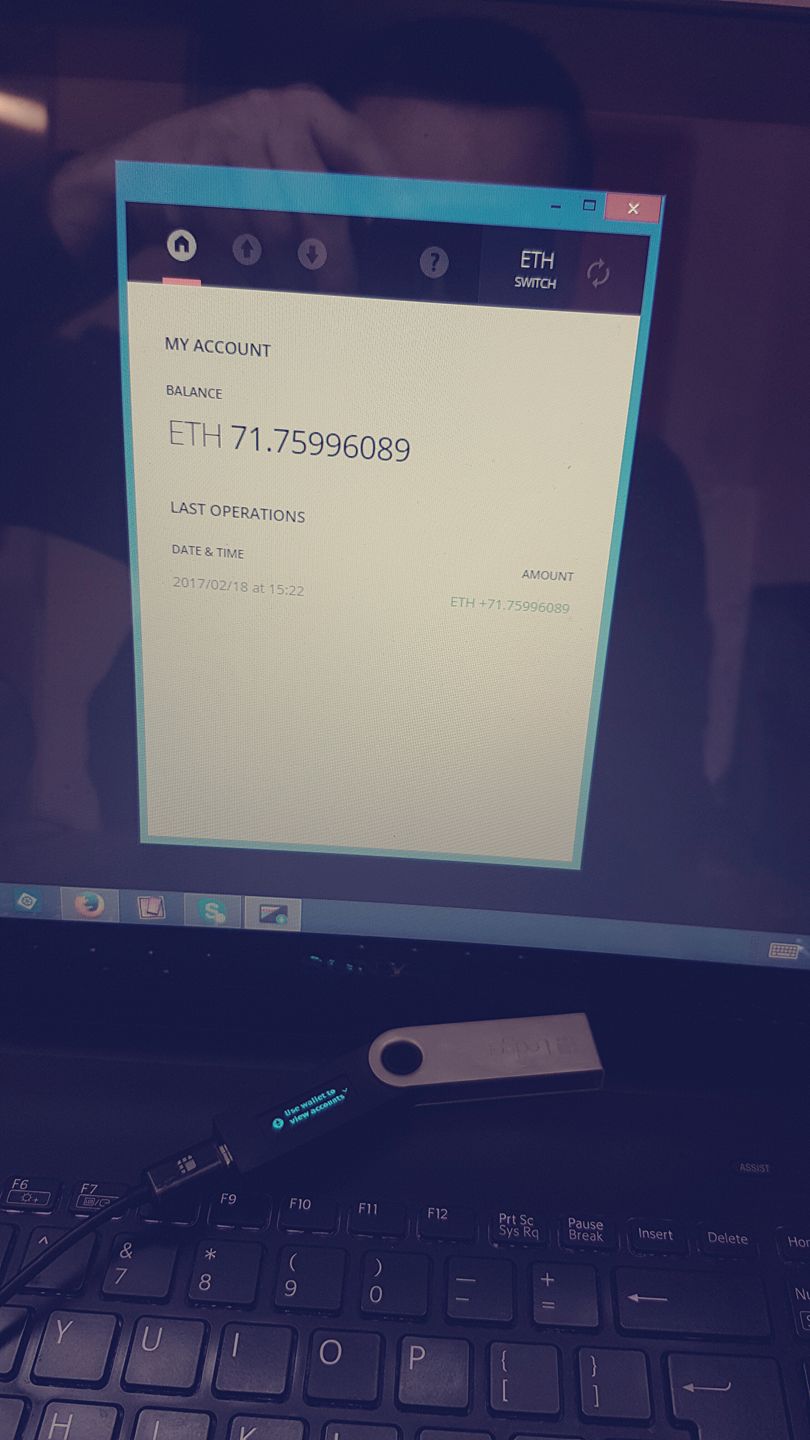Secure Bitcoin Using The Ledger Nano S Hardware Wallet
The most secure way to store your bitcoins is by using a hardware wallet. It's so important to keep your cryptocurrency safe because there are so many hacks and scams going on right now.
Keeping large amounts of cryptocurrency in an online wallet, or even a desktop wallet, can be risky. If the online wallet provider is hacked, you will be at risk of losing your coins. In the same way, if you keep your bitcoins in a desktop wallet, you need to make sure your computer is not compromised.
It is the private key that you need to keep safe. If someone gets hold of your private key and public key, they can transfer your cryptocurrency over to their wallet.
Keeping your private key offline is the best way to secure your cryptocurrency. A hardware wallet stores your private key offline at all times.
I recently purchased the Ledger Nano S. My reason for choosing Ledger Nano S over others was the fact that it could store Bitcoin, Ether, Litecoin, Zcash, DashCoin and Stratis. It is also well designed with a OLED display to double-check and confirm each transaction with a single tap on its side buttons. Secure 2FA validation of a transaction directly on the device.
Main features
Cryptographic secrets protected by a secure chip
Bitcoin and Ethereum support (Open Source apps)
Confirmation of transactions on the embedded screen
Built-in 4 digit PIN security lock
Built-in onboarding (seed generation and recovery)
BIP39 seed (12/18/24 words), easy backup and restoration
Multi-apps support: FIDO U2F, GPG, SSH…
USB connectivity
Foldable and compact casing
The device comes in a neat little box and includes a usb cable, strap, key ring, and instructions.
The first thing I needed to do is connect the Ledger Nano S to my laptop using the usb cable. I then followed the instructions on the display to set up my pin code and recovery words.
You press the buttons to select the left or right options, and press both buttons together to confirm.
It asked me to enter a 4 digit pin and confirm it. I then wrote down 24 words that I would need to back up and recover the device if it is lost or stolen.
After configuring the device, I downloaded Chrome apps using the Chrome browser to send and receive Bitcoin and Ethereum. I transferred all my Ethereum and Bitcoin from my CoinBase and Blockchain.info wallets.

In the video below, I explain in more detail what you need to do when you get your hardware wallet.
The whole process took me around 15 minutes. I highly recommend getting one of these from Ledger.